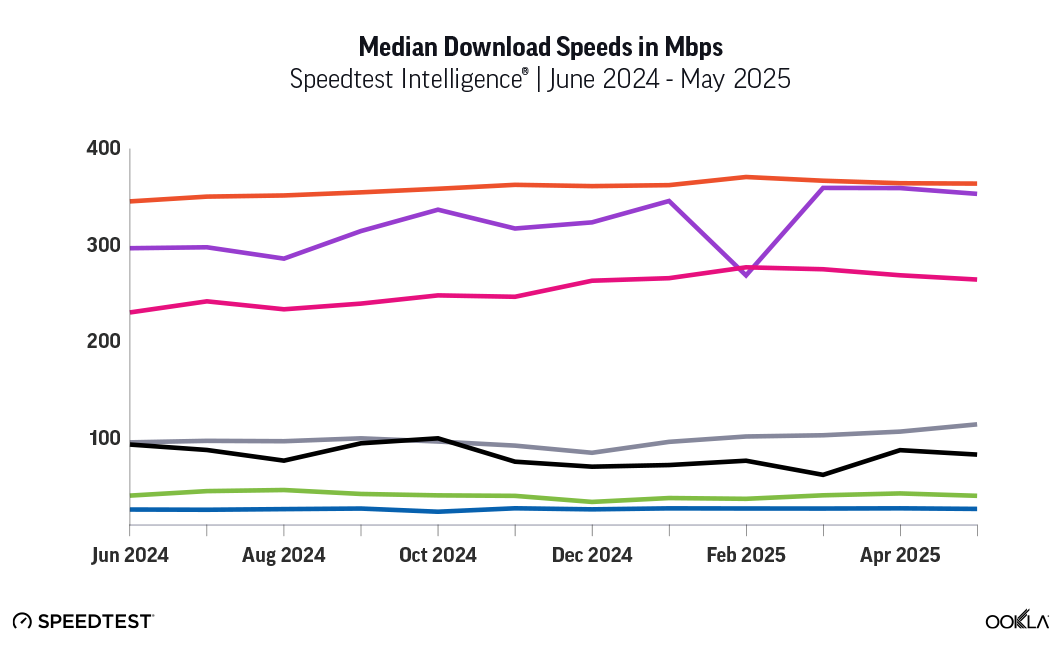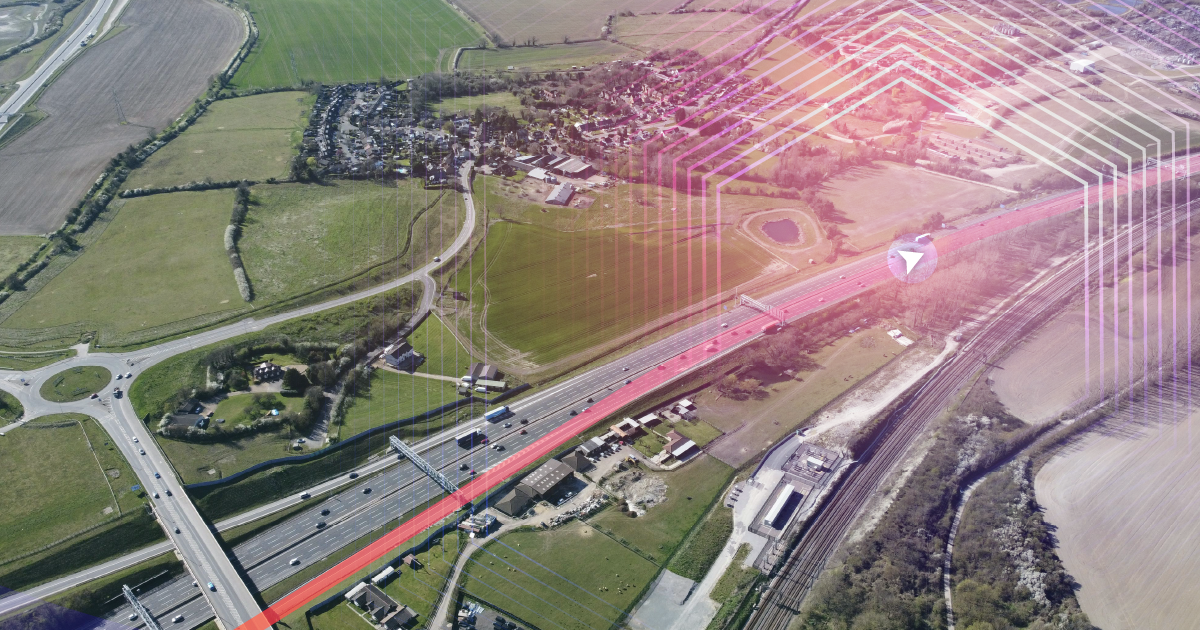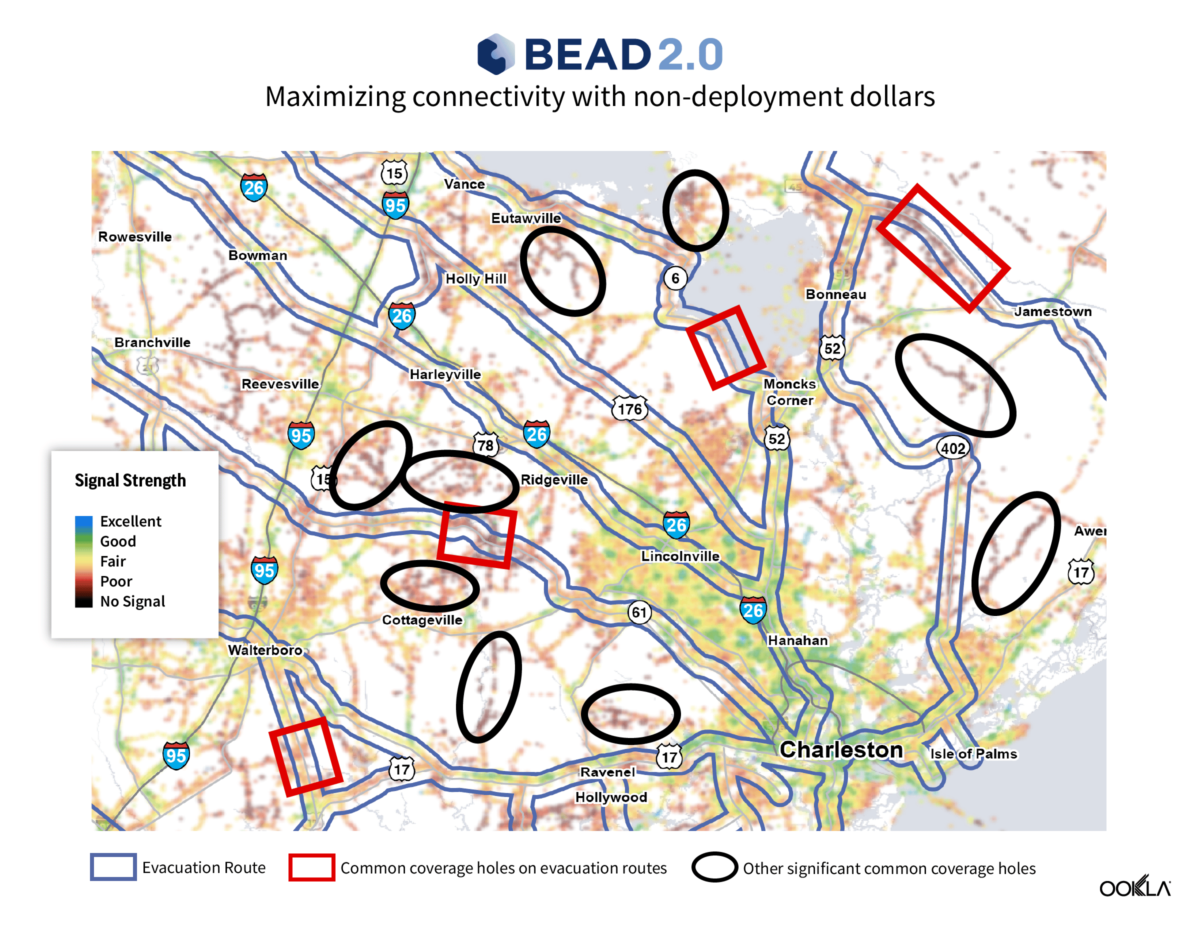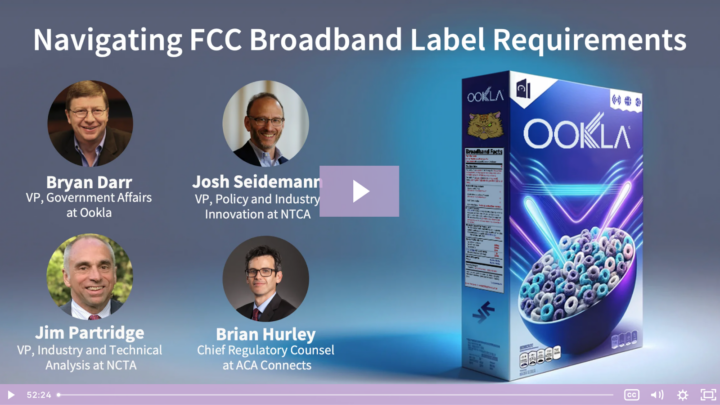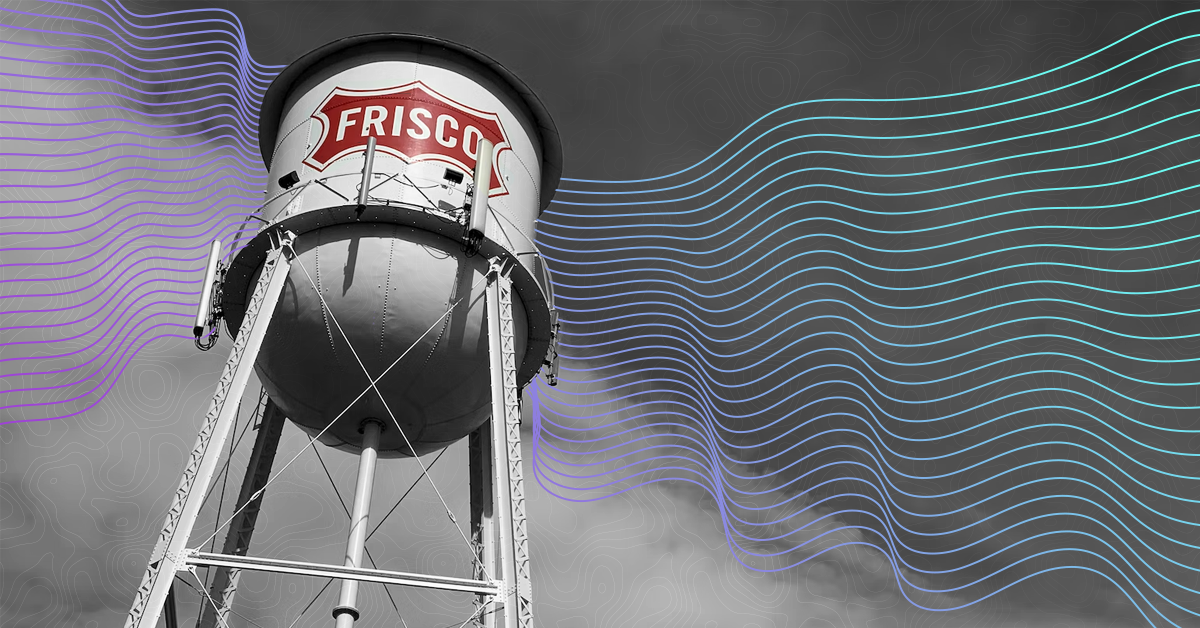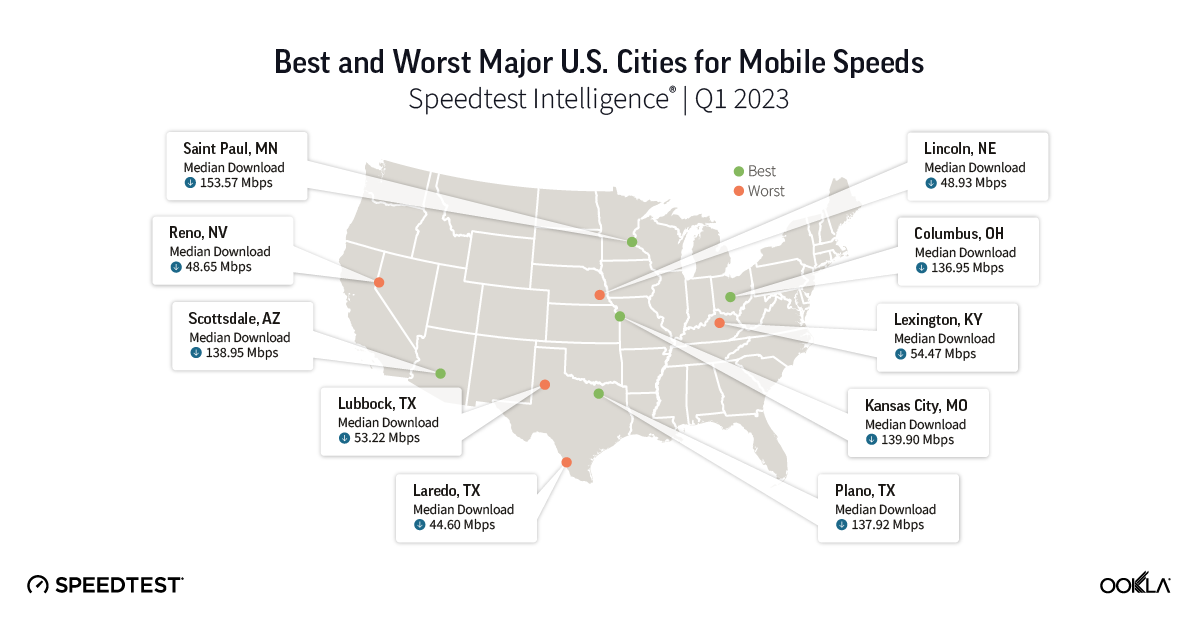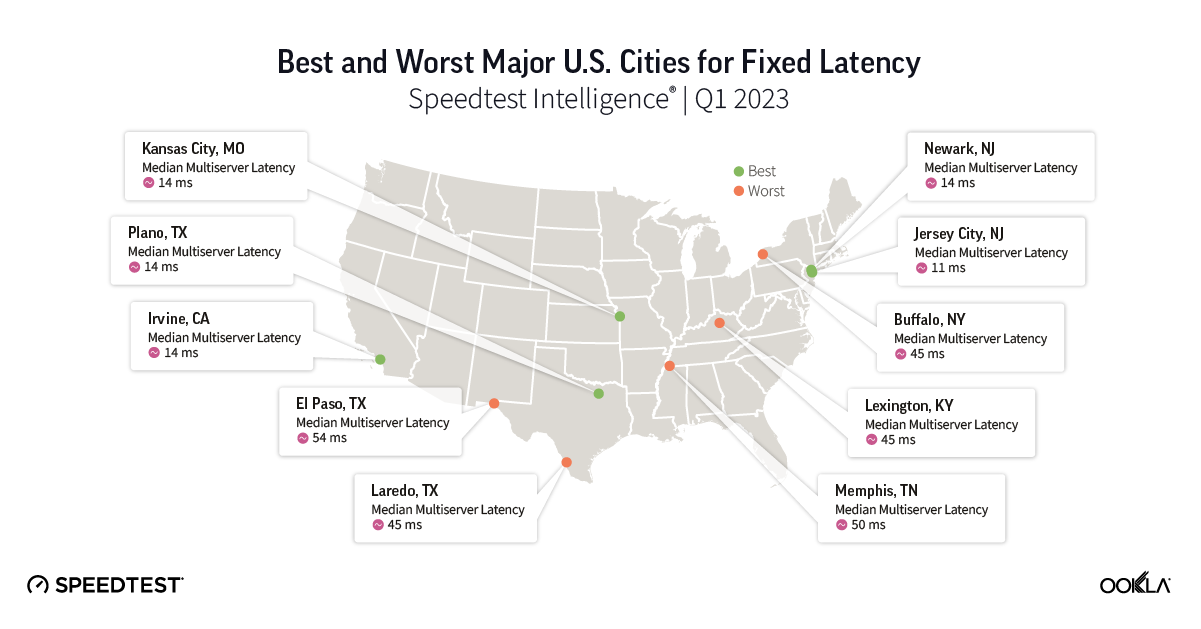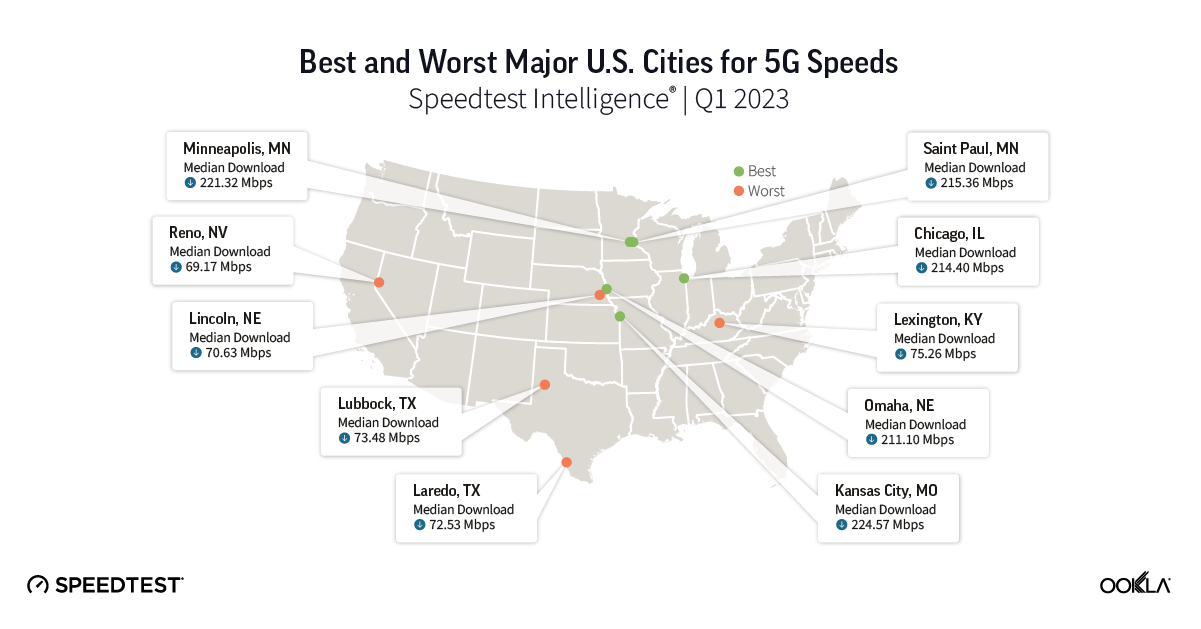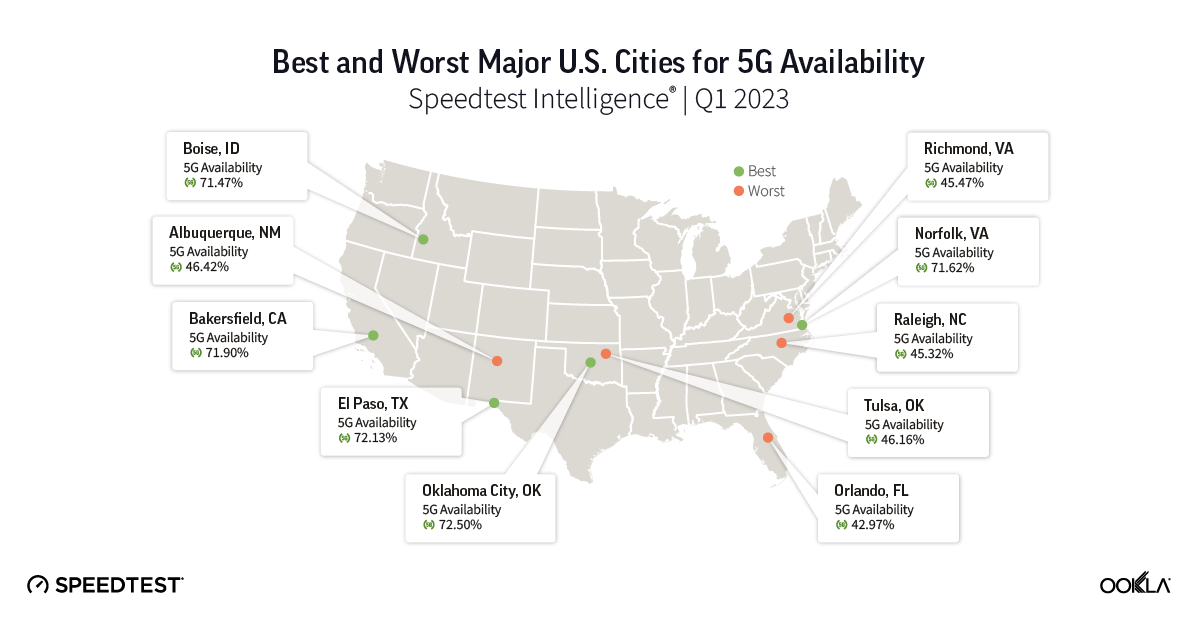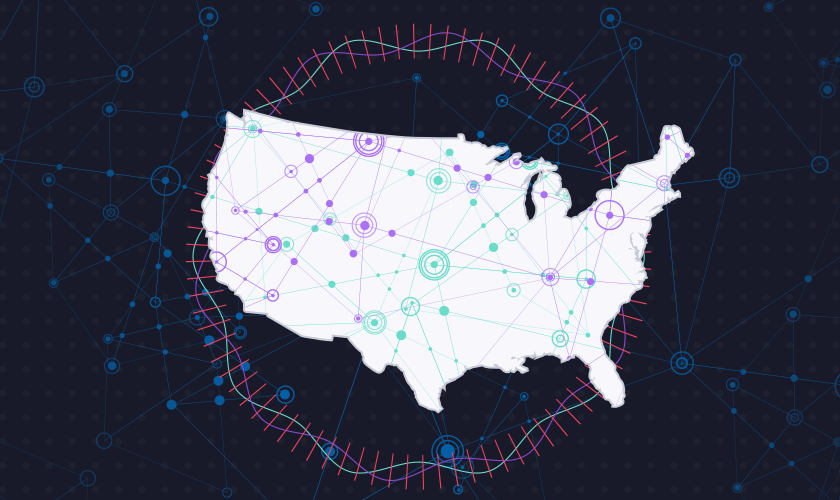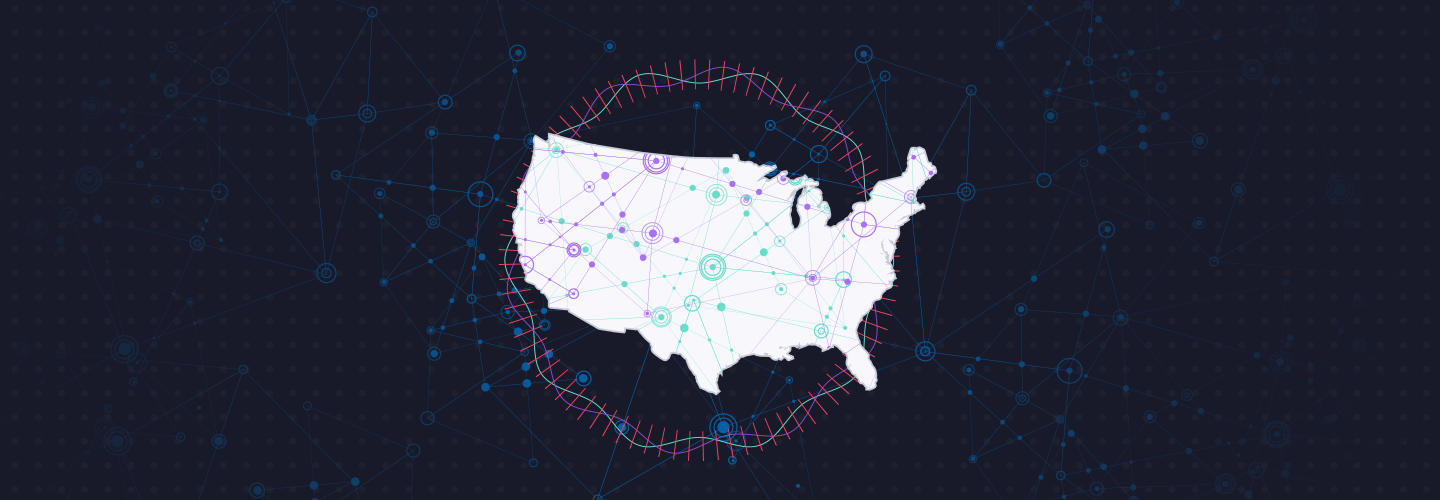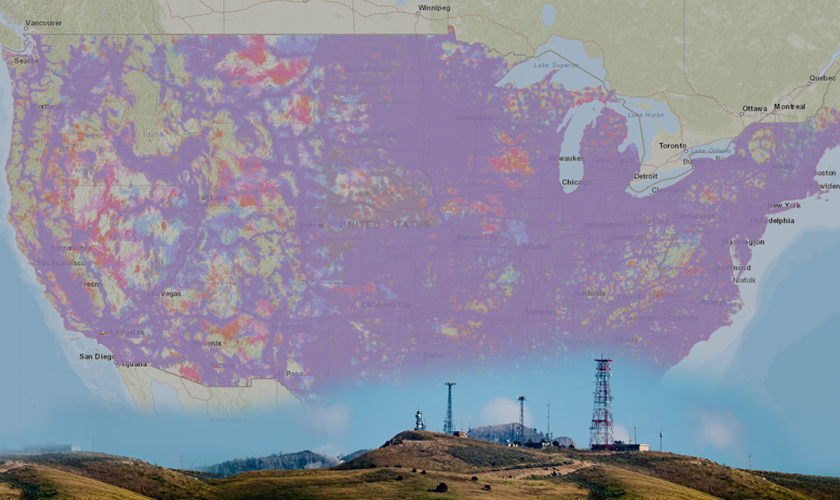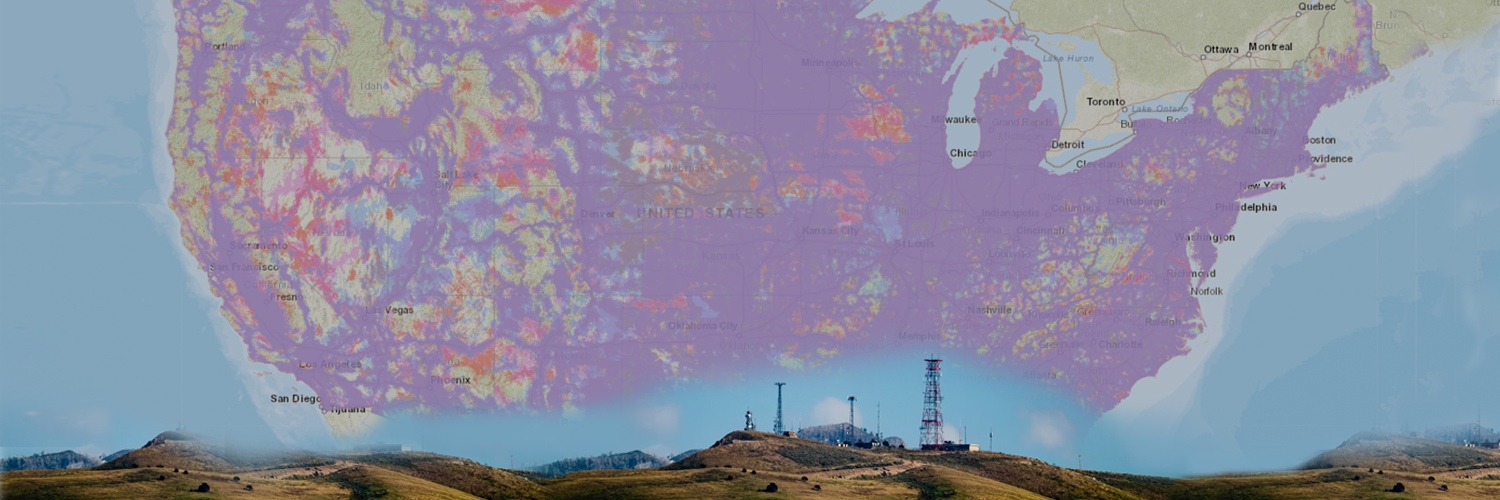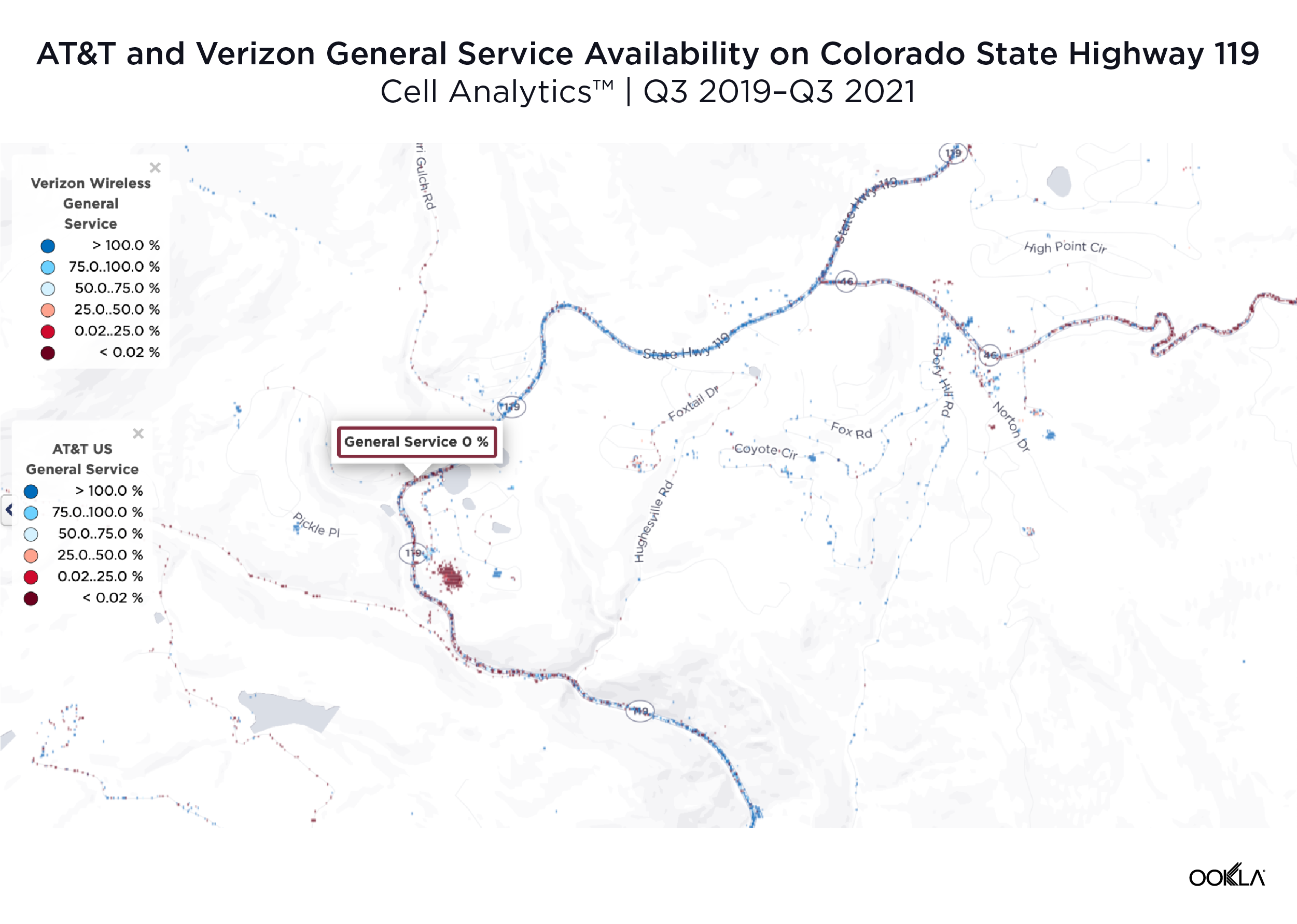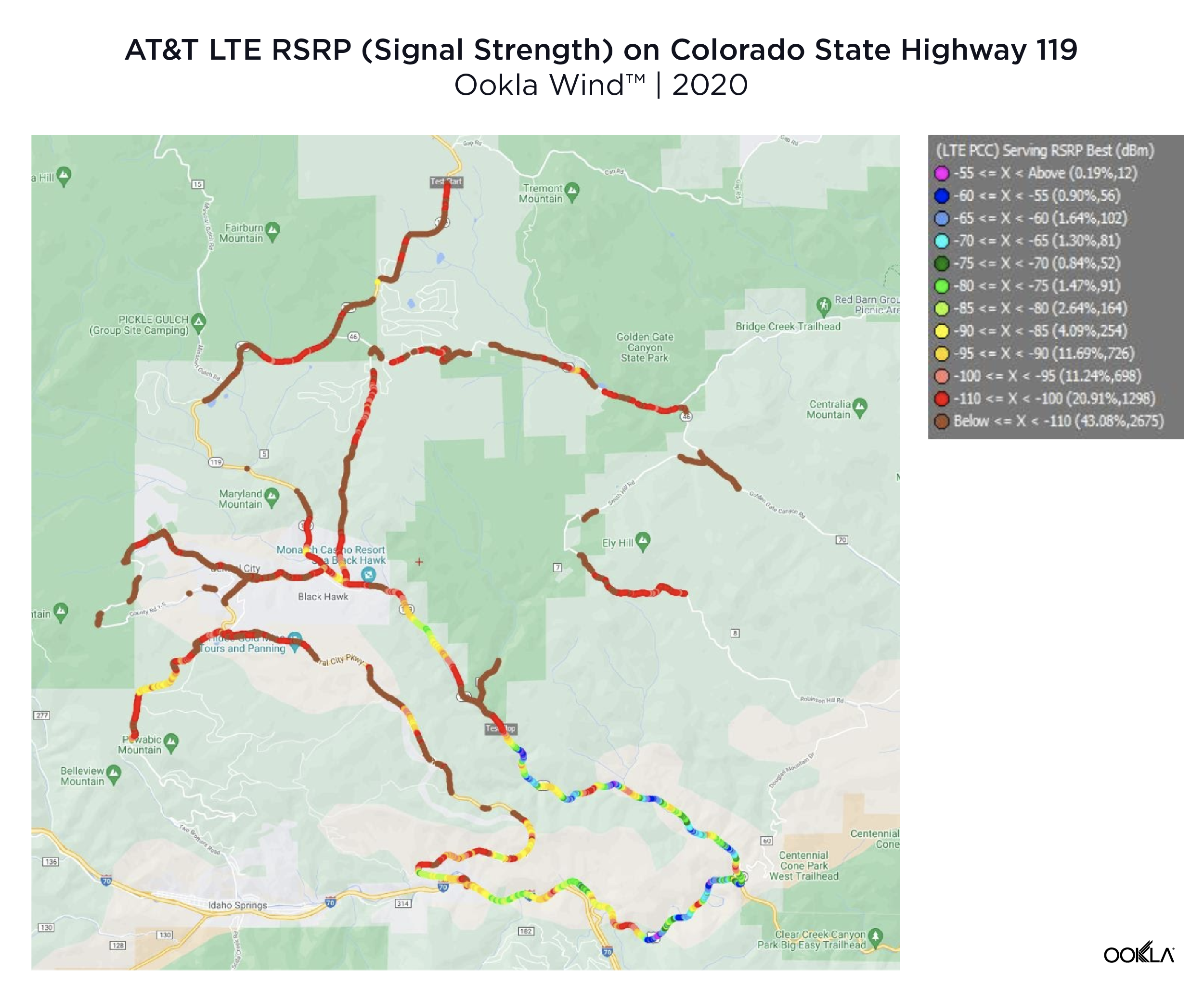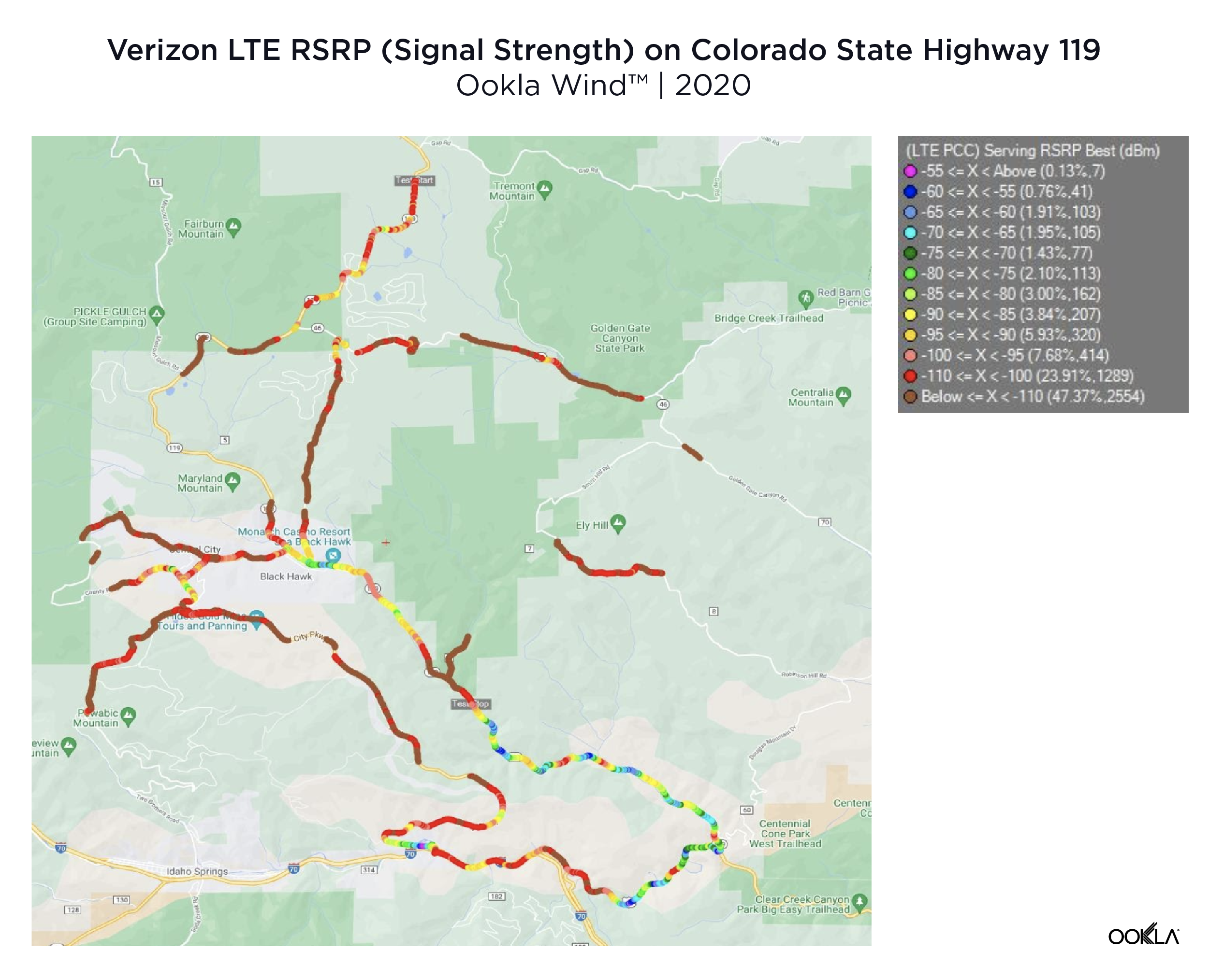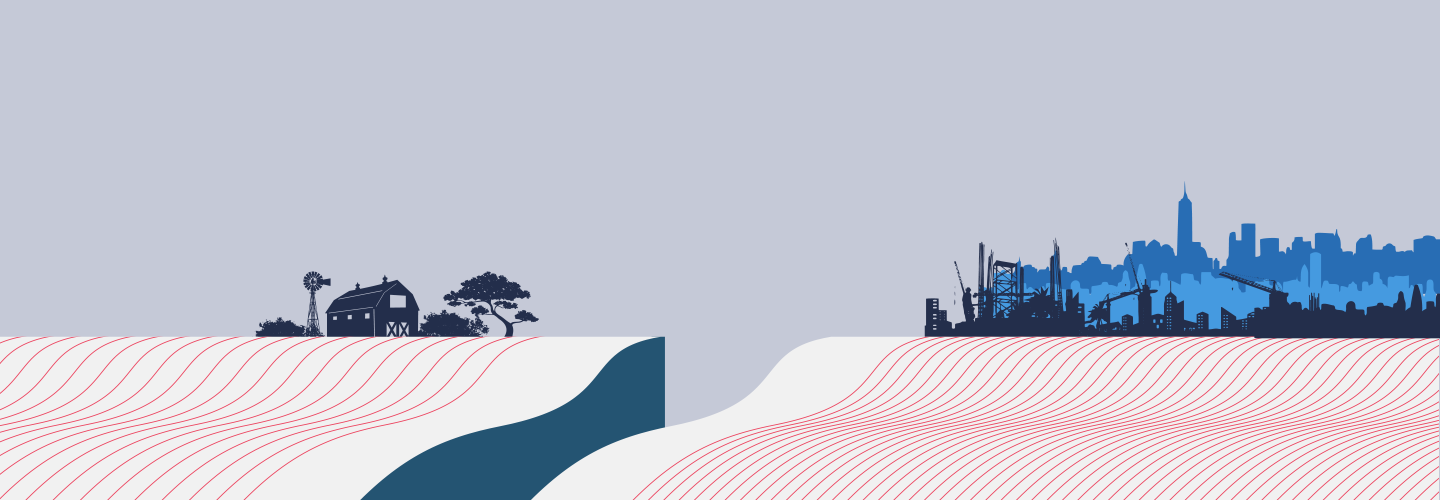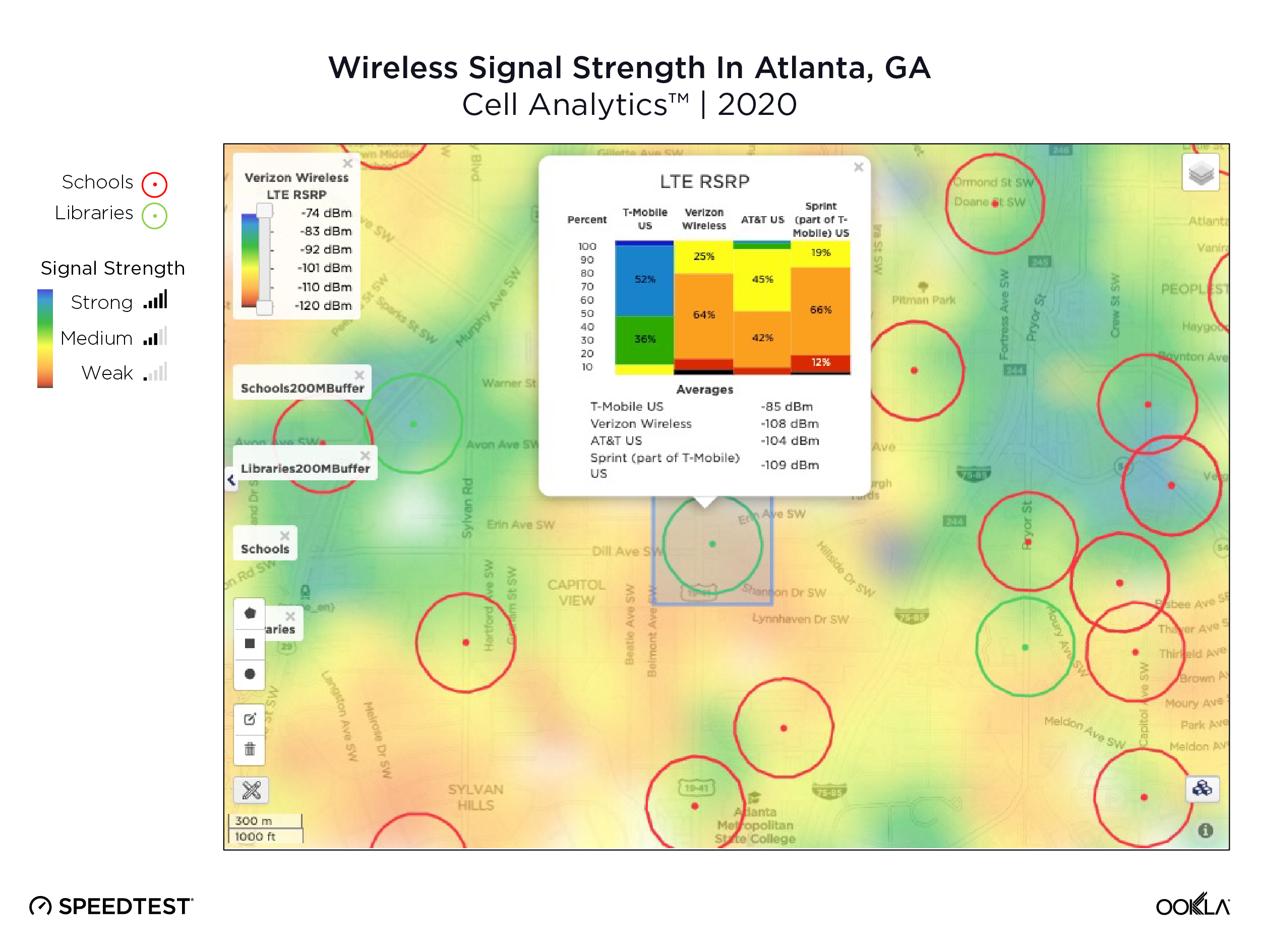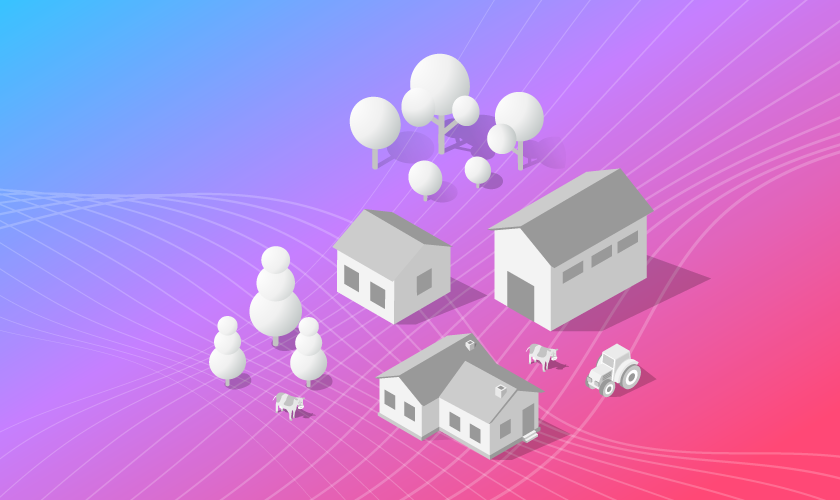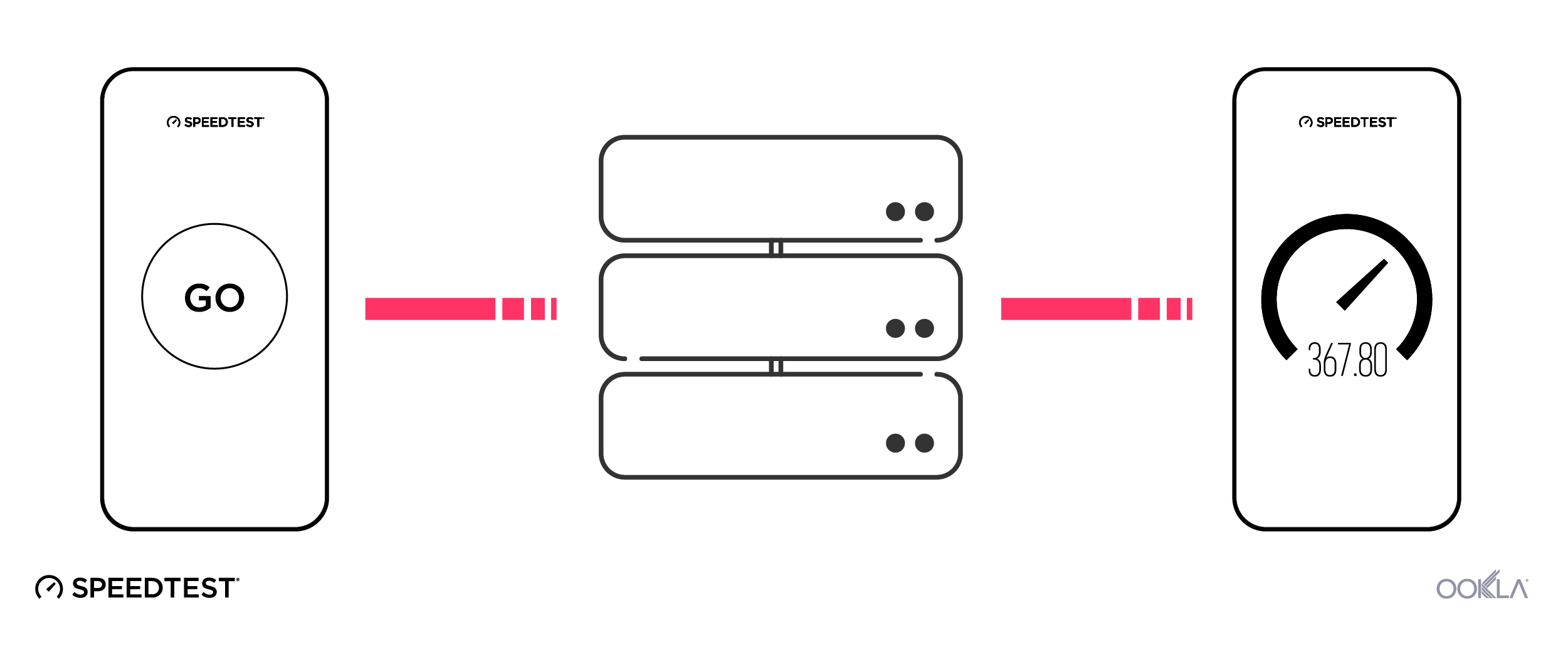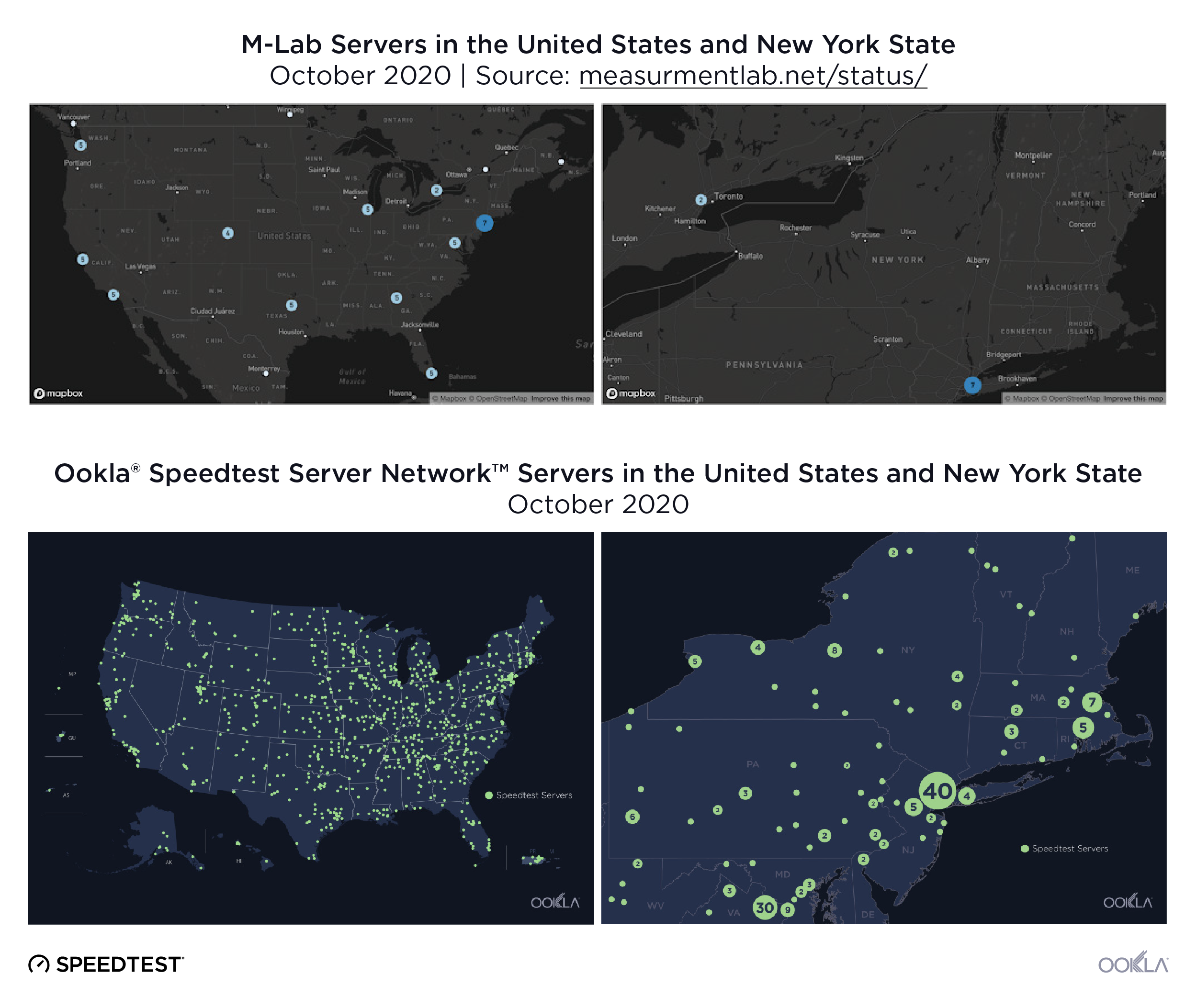A lot of energy has been expended in the last several months to dispute the FCC National Broadband Map. The focus has been on two primary issues:
- The first is a disagreement about the number of broadband service locations (BSLs) that exist in each state. Only residential buildings are eligible and many multi-dwelling units (MDUs) are considered a single location.
- The second issue regards how many of those locations do not have access to broadband service. Those with throughput speeds less than 25 Mbps download and 3 Mbps upload are considered unserved. Locations served with speeds less than 100 down and 20 up are considered underserved.
These counts are important because the number of total locations and unserved locations in each state will define how much funding each state receives of the over $42 billion available through the Broadband, Equity, Access and Deployment Program (BEAD).
The Infrastructure Investment and Jobs Act (IIJA) that established this program was bipartisan, and so is the concern over the current state of the map. The deadline to challenge the accuracy of these location counts passed in January, but many state broadband offices and the legislators that represent them have made it clear they were unhappy with the process. Some of them felt that there was simply not enough time to analyze the data after gaining access to it.
New legislation proposed to “fix” the map
The demand to fix the map became increasingly serious on Friday, March 31, 2023, as Senators Jacky Rosen (D-NV) and John Thune (R-SD) introduced the “Accurate Map for Broadband Investment Act.” Calling the current map “deeply flawed,” the bill aims to provide additional time to challenge the number of BSLs as well as which ones are considered unserved or underserved.
Everyone expects the FCC map to forever be a work in progress as communities grow and networks expand. It has already improved from its first release and it will continue to get better. As we approach a moment in time that will divide up a finite funding pool, accuracy on the metrics has real monetary consequences. Once allocations are made, it will be up to NTIA to work with each state to fund broadband infrastructure projects and connect communities. However, the dollars each state has to work with won’t change.
The newly proposed legislation would add seven more months to the challenge process for states and other interested parties to dispute the map’s accuracy. To ensure that broadband projects aren’t brought to a complete halt, 20% of the funding would be made available on the original timetable, delaying assignment to states of the remaining funds while more scrutiny is applied to the underlying data.
Multiple bites at the apple
There are two agencies, not just one, that will impact which communities get broadband infrastructure assistance and how soon they get it. Up until now, providing input to the FCC for corrections to the map has been the primary focus. But NTIA will be responsible for working with each state broadband office to identify areas of need and approve project awards. These plans will certainly evolve as new evidence is presented.
During the first phase of their mapping effort, the only significant challenges to the map the FCC accepted were for the number of broadband service locations and individual reports of availability not matching those reported by ISPs. There were certainly some individual challenges submitted, but many states were frustrated at the lack of public awareness and participation. Through NTIA, state offices were always going to get a second bite at the apple as far as getting funding to the right communities. Depending upon the outcome of the Rosen/Thune legislation, states may get an extra bite from the FCC apple as well.
Confusion over crowdsource data
The Commission defined a process for crowdsource data to be presented as evidence to support that reported service availability and performance was less than claimed. However, many filers have found this process unclear or difficult, notably in regard to the requirement that all submissions include Broadband Serviceable Location (BSL) identification numbers. To make this process even more difficult, the only file types accepted as additional evidence were formats that lacked geospatial awareness. In other words, they could not easily be imported into a mapping system.
As of late February, the FCC now accepts JSON files in addition to those formats already approved (PDF, DOC, DOCX, JPG and PNG). This new format can include columns for longitude and latitude, making it easier to include crowdsource data evidence, and has the added benefit of making analysis by the FCC significantly more efficient.
Multipurpose research
Crowdsource data evidence has multiple target audiences. The very same evidence developed to submit to the FCC can be used to work with NTIA during the next phase. NTIA is very familiar with how crowdsource data is employed to define “indicators of need,” and used data from Ookla®, M-Lab, and Microsoft extensively to build their National Broadband Availability Map a couple of years ago.
These federal agencies have been the primary concern, but local interests will become very vocal as projects are chosen. Which communities receive grants and in what priority may be vigorously debated. ISPs that compete for expansion areas will need to prove a track record, and the states will need independent evidence on how well they are serving their existing customers. And those providers that stretched the truth on the level of service they actually provide will fight being overbuilt. States should be preparing for local challenges to their own decisions.
Crowdsource data provides the largest pool of evidence to understand the quality of service being delivered to a community. Hundreds of millions of tests across the country means that even less populated states have hundreds of thousands of points to analyze and better understand the availability and performance of each serving network.
How to support your claim with crowdsource data
Crowdsource data from Ookla Speedtest® measurements can easily be overlaid with FCC maps to produce the needed evidence that indicates where services don’t meet minimum broadband standards. Through crowdsource data submissions, broadband offices can dispute existing maps, advocate for federal funding eligibility, and assist federal officials in their mission to improve broadband availability and performance.
Below are some helpful tips for submitting crowdsource data for disputed areas in a format that can meet FCC requirements.
Step 1: Identify Broadband Serviceable Locations (BSLs)
As an example, we are going to focus on an area near Durango, Colorado — a mountainous area that is both difficult and expensive to cover. We start by looking at all of the BSLs represented in the FCC’s map within the area of interest for early 2023.
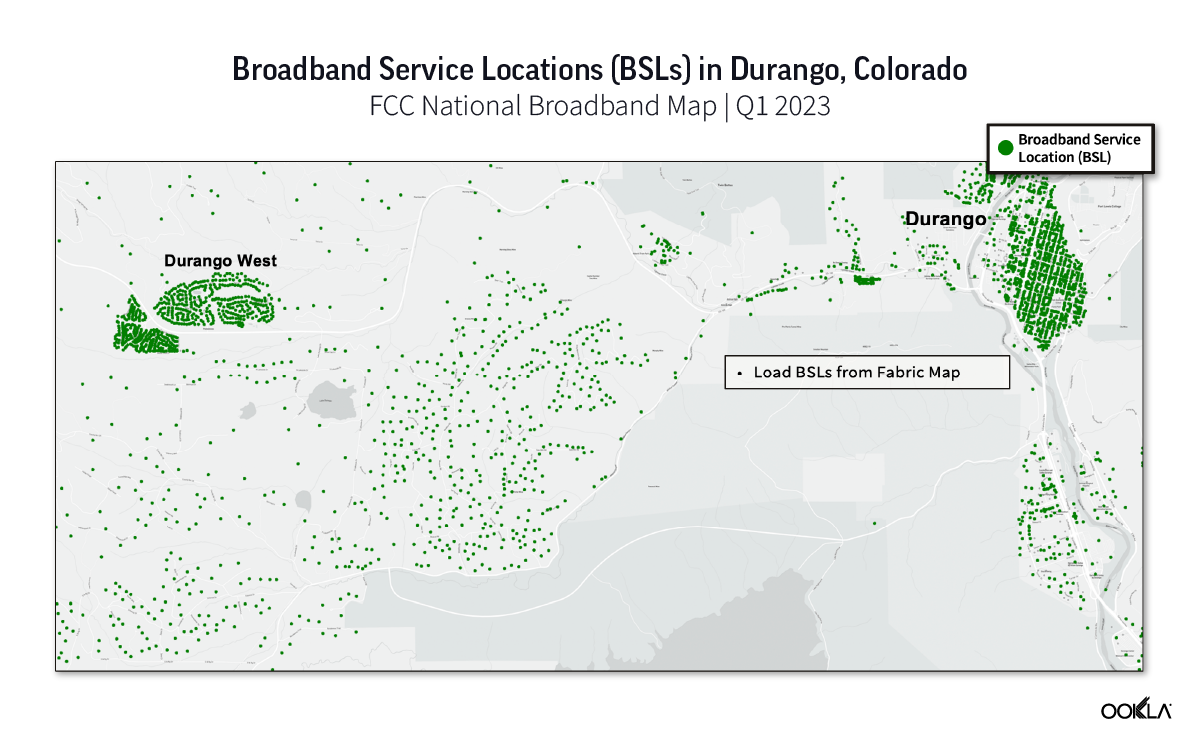
Step 2: Overlay FCC hexagon system with BSLs
Next, we overlay the BSLs with hexagons where the FCC defines broadband service as being available. The darker the hexagon, the more ISPs claiming to provide service in that area.

Step 3: Layer Speedtest data with FCC hexagon system and BSLs
By layering Speedtest data from fixed terrestrial operators on top of the hexagons, we can see that Durango and Durango West have high test densities. There are many households packed closely together, making those areas more viable to justify the cost of building high-speed services to them from a purely economic standpoint. Location accuracy for most tests is under 100 meters, so tests will grid into bins measuring approximately 1002 meters (this varies based upon latitude). If there are multiple tests within each bin, they will stack, and we are showing the fastest recorded speed on the top in this view. Speedtest measurements shown are for the four quarters (Q1-Q4, 2022) immediately previous to the published FCC data.
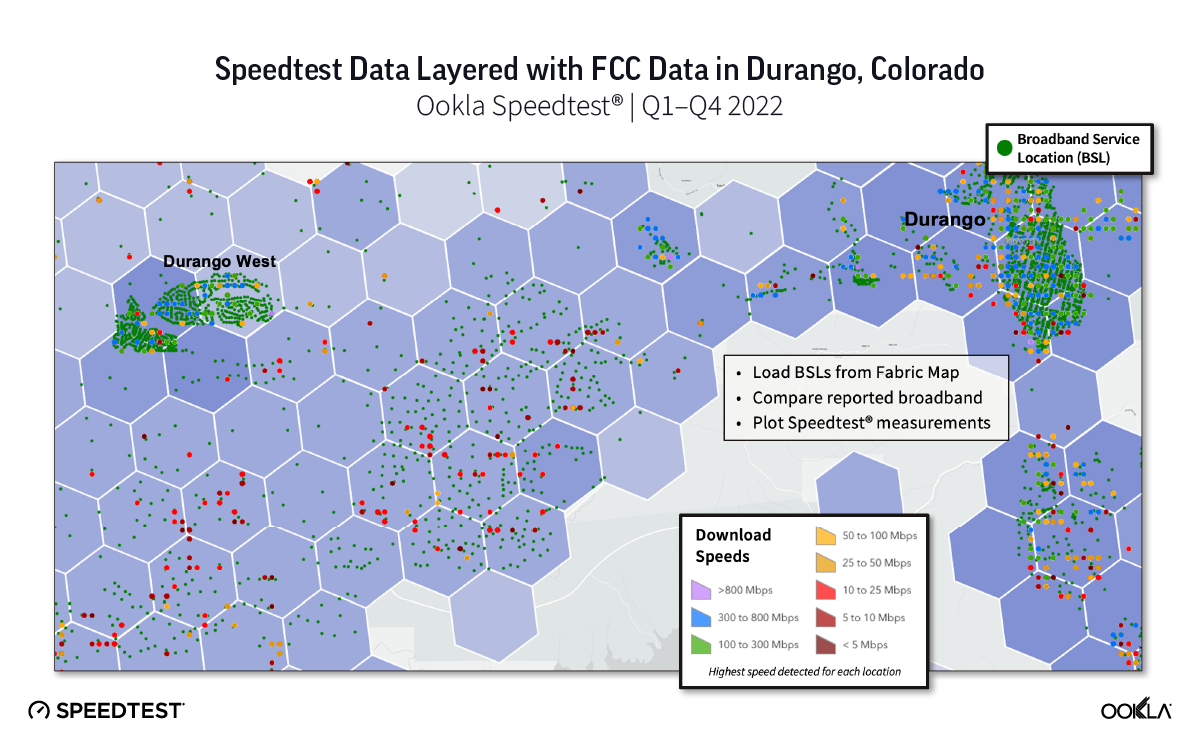
Step 4: Create clusters to see Speedtest data at scale within the FCC hexagon system
To get an idea of the actual volume of Speedtest data we’re looking at, we created a clustered version demonstrating where the number of tests are much greater. Some hexagons have 100+ tests, and a few hexagons have no tests, usually because there are fewer households.
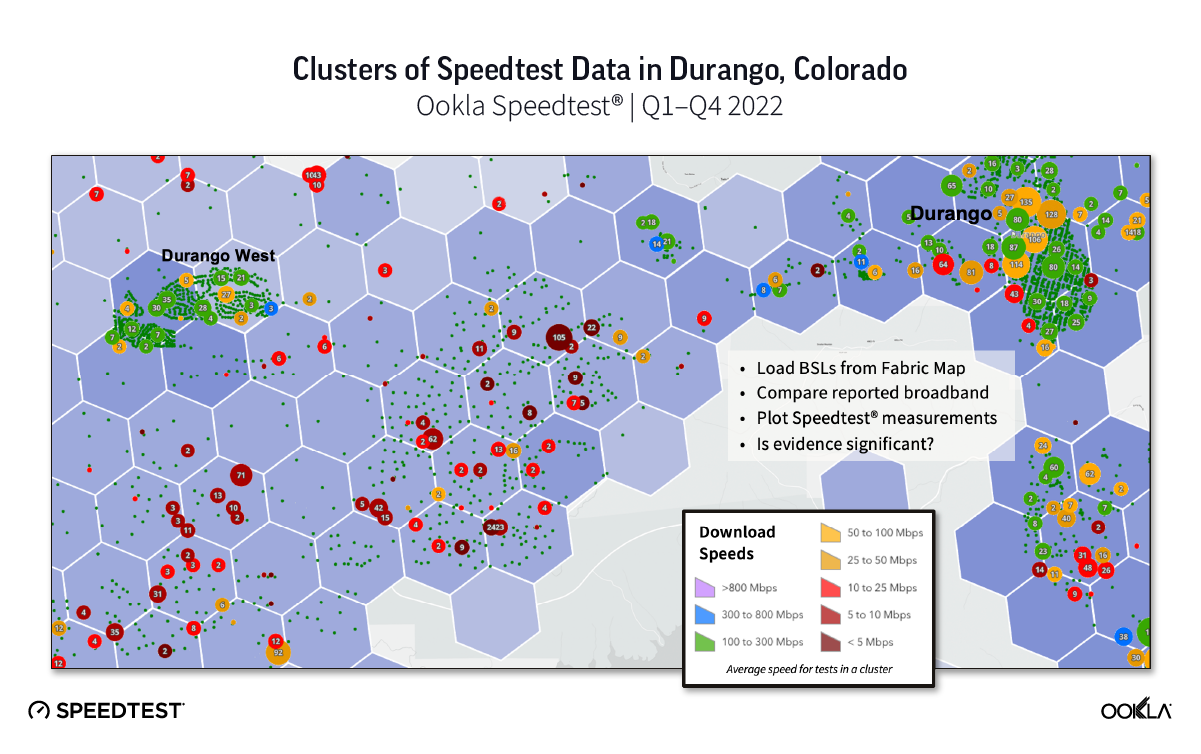
Step 5: View Speedtest performance within the FCC hexagon system
Using that methodology, we can show how the aggregated test results appear within the hexagons defined by the FCC. The red hexagons (levels 8 and 9) demonstrate where the median speed is not meeting FCC minimum standards for broadband. This helps you get an idea of the overall experiences people are having, as well as the maximum speeds experienced in an area referencing the stacked tests previously shown.
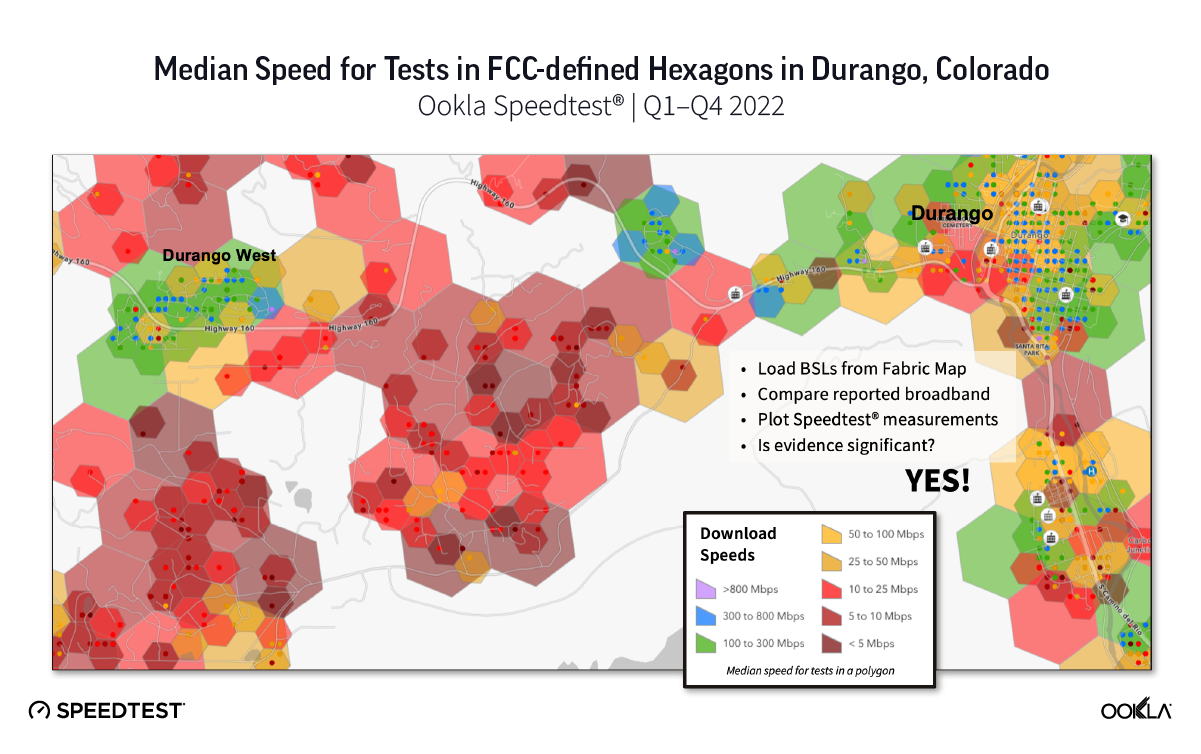
Step 6: Create a polygon of Speedtest data with BSLs
Next, create a polygon that surrounds the community or specific area of interest. Many ISPs have created polygons to capture all of the BSLs that fall within their territories for their service area and technology submissions. In our discussions with the FCC, staffers have suggested following a similar approach for crowdsource submissions.
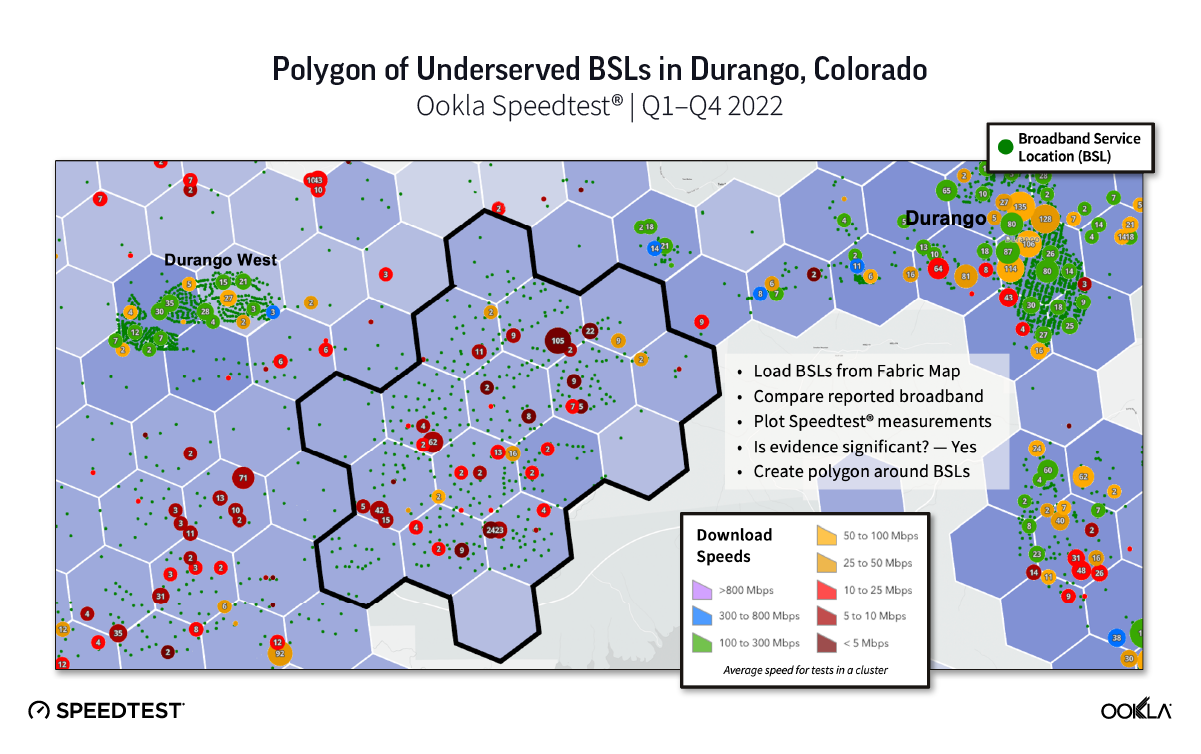
Step 7: Export the polygon of BSLs as a CSV file
Next, export a CSV file of the locations that are within the polygon, including the Location ID, as directed in the instructions defined by the Broadband Data Task Force (BDTF). The entire FCC submission process has been built around identifying these location IDs for each BSL.

Step 8: Export the polygon of Speedtest data as a JSON file
Using the same polygon, select and export the Speedtest results as a JSON file, including speed and latency measurements, ISP names, timestamps, anonymized user ID, and source test ID.

Step 9: Submit the files to the FCC
Submit the CSV file as well as the JSON file as additional evidence to the FCC along with any other documents supporting your dispute of the service availability, using one of the accepted file formats. This may include maps defining the area being disputed, documents from residents claiming inadequate or no service, and any other pertinent information.
Step 10: Be prepared to use the evidence to partner with NTIA
The FCC maps will ultimately define how many dollars go to NTIA to determine state funding. NTIA is preparing to use the same map fabric and BSL data as that used by the FCC. This will allow collaboration with all the above parties and will assist with reconciling the differences between the federal stakeholders. You can utilize this same data as you work with NTIA to demonstrate where you would like to focus funding as well as resolving local disputes on broadband availability.
Want to learn more? Watch our recent webinar
We hosted a webinar on March 30, 2023 titled “Using Crowdsource Broadband Data to Dispute FCC Maps”. In this webinar, a panel of experts came together to discuss common challenges in the mapping process and successful broadband mapping projects. Panelists included Jamie Hoffman, Program Manager at the West Virginia Department of Economic Development, Patrick Ryan, Senior Solution Engineer, Telecommunications at Esri, Tom Reid, President at Reid Consulting Group and me, Bryan Darr, VP of Government Affairs at Ookla.
You can watch the recording of the recent webinar here.
